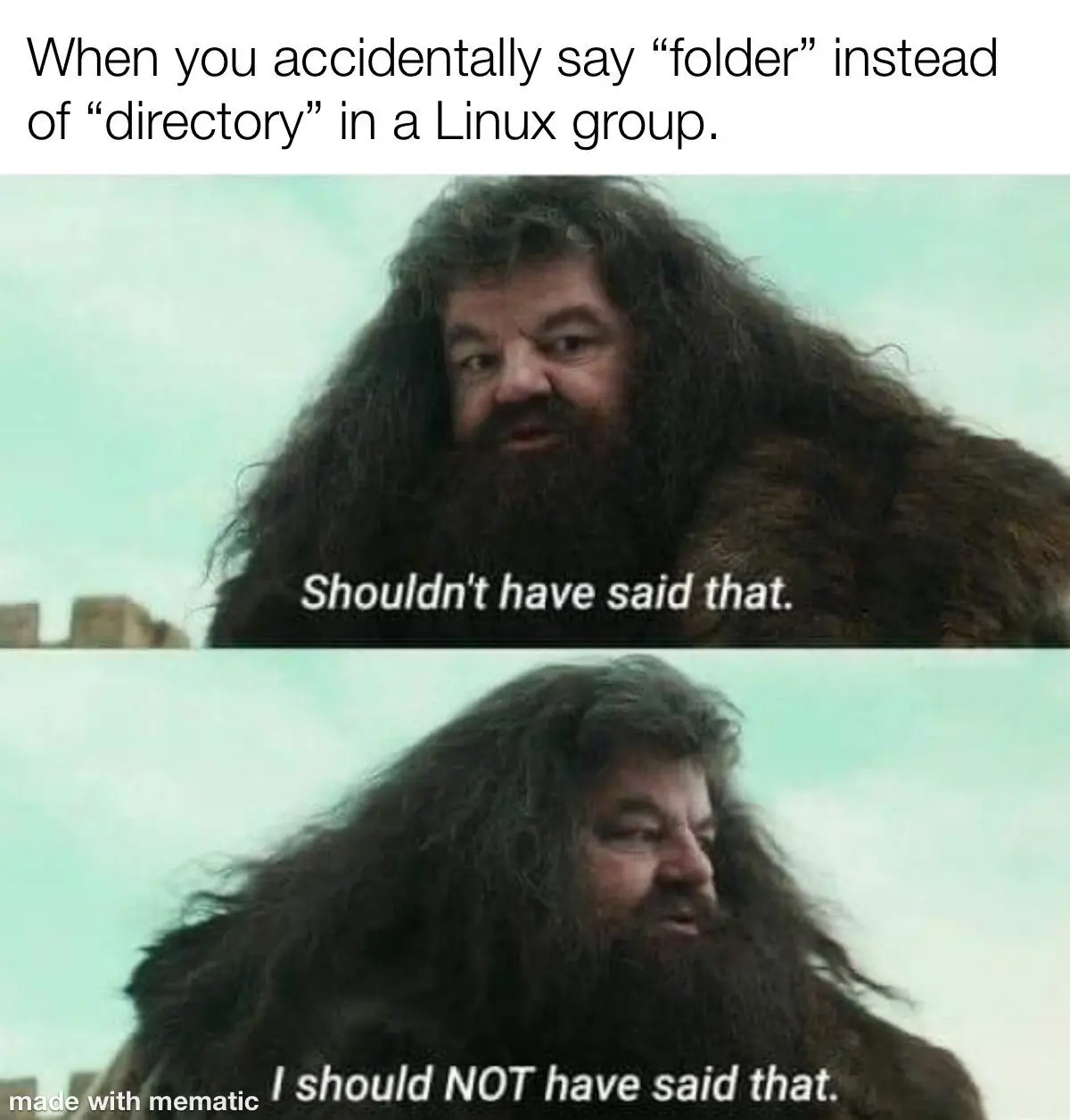this post was submitted on 18 Jul 2024
24 points (96.2% liked)
Linux
53392 readers
635 users here now
From Wikipedia, the free encyclopedia
Linux is a family of open source Unix-like operating systems based on the Linux kernel, an operating system kernel first released on September 17, 1991 by Linus Torvalds. Linux is typically packaged in a Linux distribution (or distro for short).
Distributions include the Linux kernel and supporting system software and libraries, many of which are provided by the GNU Project. Many Linux distributions use the word "Linux" in their name, but the Free Software Foundation uses the name GNU/Linux to emphasize the importance of GNU software, causing some controversy.
Rules
- Posts must be relevant to operating systems running the Linux kernel. GNU/Linux or otherwise.
- No misinformation
- No NSFW content
- No hate speech, bigotry, etc
Related Communities
Community icon by Alpár-Etele Méder, licensed under CC BY 3.0
founded 5 years ago
MODERATORS
you are viewing a single comment's thread
view the rest of the comments
view the rest of the comments
Folders? you mean directories 👀
Mount the disk (if you ask me at
/media/nameofdir) and configure${XDG_CONFIG_HOME:-~/.config}/user-dirs.dirs(99% of that time that would be the .config dir in your home lol) and define eachXDG_***_DIR=to the respective directory in the path of the mounted disk, no need to make symlinks, though you might need to because there is likely many apps that don't follow xdg specs.I know gnome-disks has a GUI way to change the mount options, I don't know how good it is though.
Thank You.
would you suggest XDG or creating Symlinks?
Found this just for you. https://lemmy.world/post/1352601
https://lemmy.world/post/1352601
You can do both, and both are easy.
The
user-dirs.dirsfile contains something like this:For example if you mount the disk in
/media/dirname, it would be something like this, I'm giving it aexternal-drivename in this example:And for the symlinks, if the drive already has the
Desktop,Documents, etc directories. It is as simple as this:ln -s /media/external-drive/* $HOMEThat will symlink all the files in the drive to your $HOME
I suggest you do both because you might run into a program that doesn't follow XDG user directories.
Thank you.